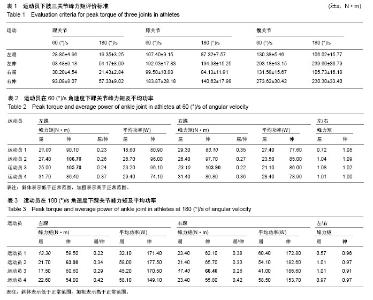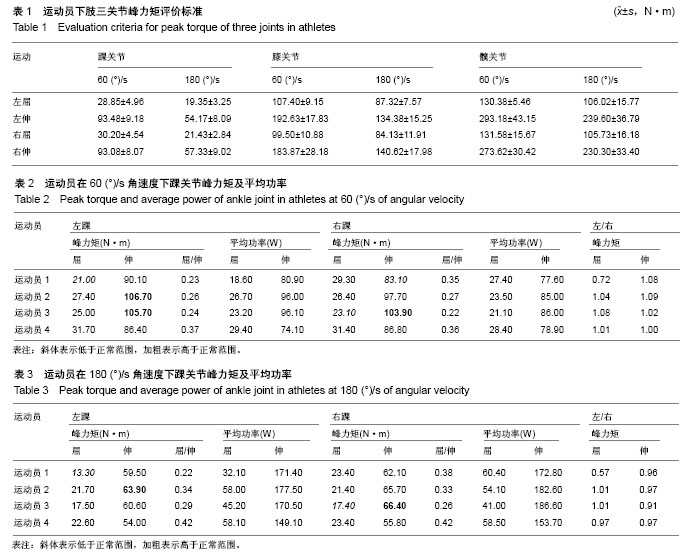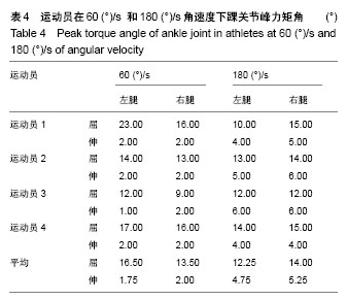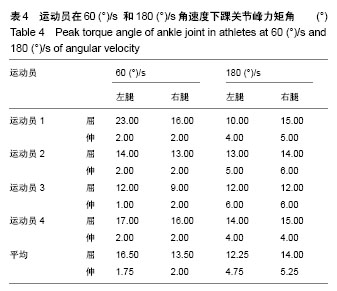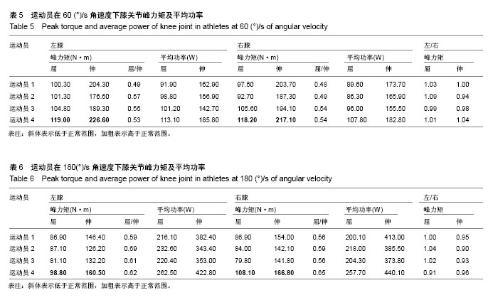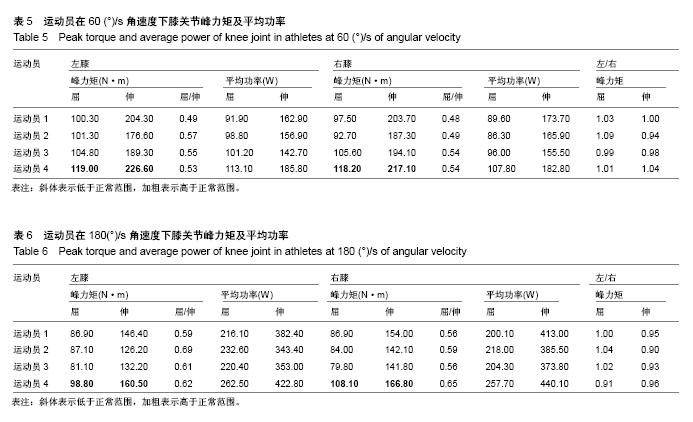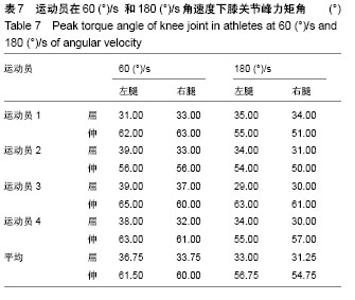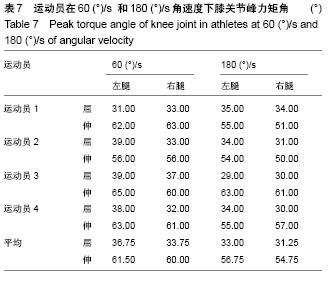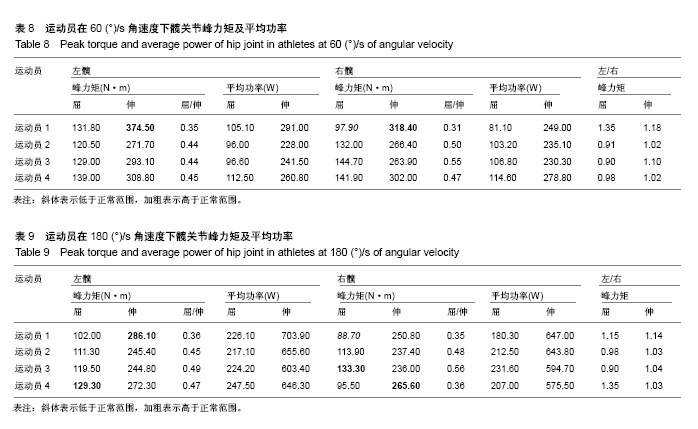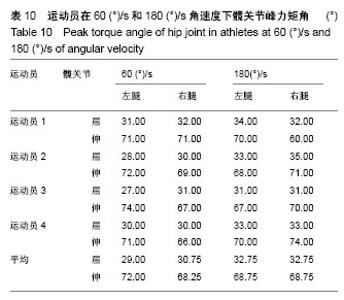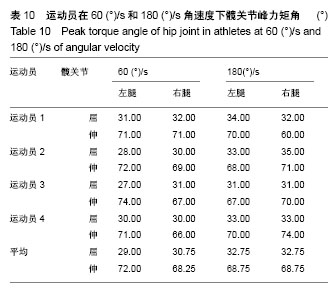| [1] 夏娇阳.我国速度滑冰优秀男子运动员膝、踝关节肌力特征的比较研究[J].体育科学,2005,8(25):53-55.[2] 宋爱晶,邓京捷,吕晓红,等.等速肌力测试膝、踝关节及腰背肌力量的评价[J].中国组织工程研究,2015,19(46):7425-7429.[3] 周爱国,闫龙超.预负荷练习对肌肉力量的影响研究[J].北京体育大学学报,2015,38(6):115-118.[4] 陆爱发,戴军,刘善德.青少年羽毛球运动员的下肢关节力量研究—非优势侧[J].北京体育大学学报,2016,39(7):132-138.[5] Alexandre C, Damien L, Pascal B, et al. Is the subscapularis normal after the open Latarjet procedure? An isokinetic and magnetic resonance imaging evaluation.J Shoulder Elbow Surg.2017;26:1775-1781. [6] 杨学达,李晓兰.跨关节肌肉力量与人健身关节操的影响[J].中国组织工程研究,2015,19(15):2366-2370.[7] 佟永典,李秋萍,许晓娜.关于速滑运动员伸膝肌群动力特性的实验研究[J].冰雪运动,1997,12(4):1-4.[8] 朴忠淑,高松薰.功率自行车及滑板滑行无氧功之间的关系[J].体育科学,2005,25(4):58-61.[9] 夏娇阳,王新.优秀女子短道速度滑冰运动员下肢肌力特征及与500 m 成绩的回归分析[J].北京体育大学学报, 2014,37(9): 79-84.[10] 黄达武,陈亮,王新宝,等.优秀男子短距离速度滑冰运动员于凤桐表面肌电的特征[J].北京体育大学学报,2016,39(7):67-74.[11] 黄达武,刘露,马勇占,等.优秀女子速度滑冰运动员支撑阶段技术稳定性[J].北京体育大学学报,2014,37(7):80-86.[12] 黄达武,陈月亮,马勇占.优秀速滑运动员王北星专项肌肉用力特征研究[J].中国体育科技,2014,50(3):56-64.[13] 陈新.对我国优秀速滑运动员下肢关节伸屈肌群等速测试的个体研究与分析[J].沈阳体育学院学报,2006,25(1):54-58.[14] 钟添发,田麦久,王路德,等.运动员竞技能力结构模型及选材标准[M].北京:人民体育出版社,1994.[15] 陈月亮.我国优秀短距离速滑运动员体能训练的理论与实践研究[D].上海.上海体育学院,2007.[16] 赵卫侠,巫宗德,刘波.等速肌力测试评价断裂跟腱修复后的肌肉力量[J].中国组织工程研究,2014,18(46):7468-7471.[17] Brown SR, Brughelli M, Bridgeman LA. Profiling Isokinetic Strength by Leg Preference and Position in Rugby Union Athletes. Int J Sports Physiol Perform. 2016;37(11):890-897. [18] 夏娇阳,张颖,张晓明.优秀滑冰运动员膝关节肌力特征的比较研究[J].北京体育大学学报,2009,32(8):130-134.[19] 陈民盛,张云,覃晓红.Clap冰刀蹬冰技术动作原理的探讨[J].中国体育科技,2003,39(10):26-28.[20] 王学臣,李贵阳,邹晓峰.“伸膝压踝”技术在弯道蹬冰中的作用研究[J].北京体育大学学报,2005,28(7):931-933.[21] 夏娇阳,张颖,王新.优秀速度滑冰运动员下肢肌肉力量特征的力学分析[J].成都体育学院学报,2009,35(9):77-80.[22] 张晓明,龙春生,夏娇阳.对我国第九届冬运会男子短距离速度滑冰前四名运动员膝、踝关节肌力特征的研究[J].北京体育大学学报,2006,29(2):213-215.[23] 黄达武,刘露,吴瑛,等.优秀速度滑冰运动员冰上直道专项肌肉用力特征对比分析[J].中国运动医学杂志,2015,34(2):157-167.[24] 李秋萍,佟永典,许晓娜.我国速滑运动员膝关节肌群力特征研究[J].成都体育学院学报,2006,32(4):77-80,99-102.[25] 原贺琦.不同等级运动员散打鞭腿动作的运动生物力学分析[D].西安体育学院硕士研究生学位论文,2017.[26] 付颖,闫琪.中国女子曲棍球运动员膝关节伸、屈肌群等速力量测试研究[J].陕西师范大学学报(自然科学版),2011,39(6):96-99.[27] 鲁智勇,李伟,解强.我国优秀橄榄球运动员身体功能特点研究[J].中国体育科技,2016,52(2):141-封三.[28] 林嘉,陈小平.肌电与足底压力同步测量在对我国优秀[J].天津体育学院学报,2006,21(3):201-204.[29] 王义智,李大立.我国速度滑冰运动员比赛后程降速问题的解决措施[J].冰雪运动,2009,31(5):14-19.[30] 陈民盛,张强,覃晓虹.Clap式冰刀蹬冰动作特点对速滑专项力量训练的启示[J].天津体育学院学报,2004,19(2):15-17.[31] 侯广庆,邹晓峰,陈民盛.滑行姿势和功率对速滑成绩的影响[J].体育学刊,2006,13(1):111-113.[32] 李春雷,杨中军,冯毛弟.中国国家蹦床队运动员髋、膝关节屈伸肌群力量特征分析[J].北京体育大学学报,2012,35(6):113-116.[33] 余利容,张乾伟.优秀男子举重运动员专项成绩与下肢等速肌力相关回归分析[J].武汉体育学院学报,2017,51(6):89-94.[34] de Koning JJ, de Groot G, van Ingen Schenau GJ. Coordination of leg muscles during speed. J Biomech. 1991; 24(2):137-146. |
